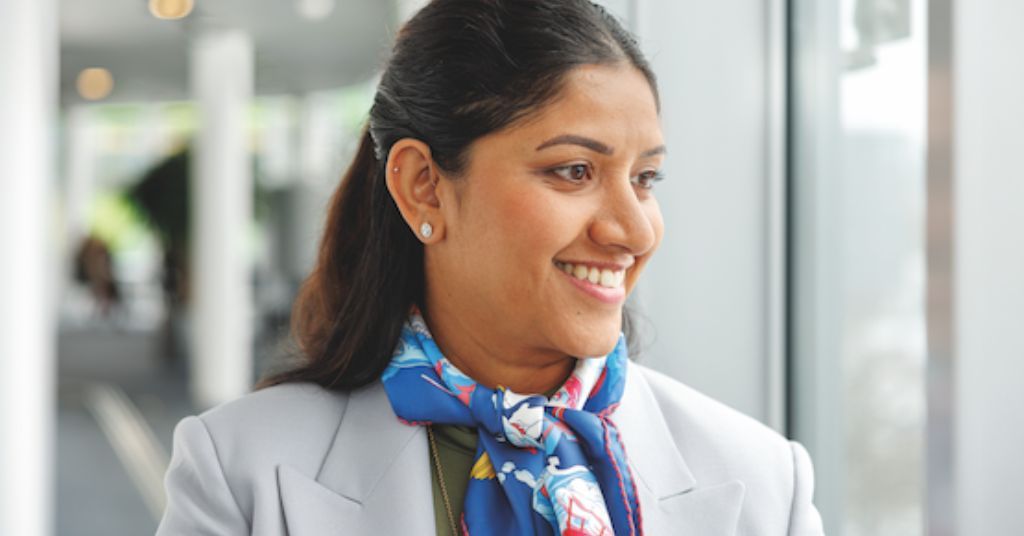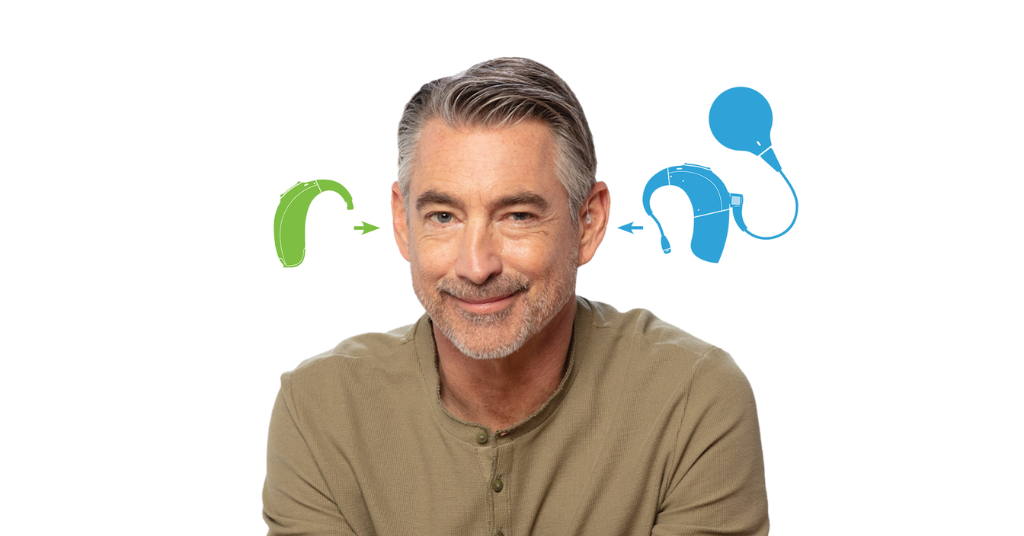
A deafie takes on the World Cup 2018
July 13, 2018
How my friends reacted to my hearing loss
July 30, 2018SpeakSee: What you need to know about this transcription device

Let’s face it: Regardless of how well we deaf/hard of hearing folks communicate or how accommodating others are, it’s impossible to catch everything.
SpeakSee hopes to change this. Portable real-time transcription specifically developed for people with hearing loss, SpeakSee calls itself “a game changer for everyone who benefits from accurate transcriptions.”
While it’s not quite on the market yet, SpeakSee is in the midst of a crowdfunding campaign with pre-orders possible until July 18.
How does it work?
What exactly is SpeakSee? Picture a set of small microphones with a corresponding color for each. The person wearing the microphone with a yellow ring, for example, will have his or her words transcribed in yellow on the SpeakSee app.
The microphones resist background noise and claim an accuracy of up to 95 percent. SpeakSee supports over 120 languages and accents. The base kit includes three microphones, which can be extended to six or nine by buying an additional kit or two.
“The microphones resist background noise and claim an accuracy of up to 95 percent. SpeakSee supports over 120 languages and accents.”
One of the differences that sets SpeakSee apart, according to the company’s FAQs, is that users won’t have to ask everyone in the group to download an app, wait for them to install it, and then explain how it works. Instead, microphones are handed out and the conversation commences. SpeakSee can be plugged into smartphones, conference call systems, and televisions.
When SpeakSee co-founder and CEO, Jari Hazelebach, was asked how the transcription compares to CART, or computer-assisted-real-time captioning, he says they haven’t done repeated objective accuracy benchmarks with CART but he believes percentages are similar. One limitation that SpeakSee has is the inability to transcribe environmental sounds.
Read more: My experience with CART at university
SpeakSee’s Indiegogo page says that backers are using it in many different situations. This includes with family or friends at home or out, at business meetings or presentations, doctor appointments, phone calls, academic lectures, and even with podcasts.
While the possibilities may seem endless, for now the company is focusing on making a group conversation of up to 12 people accessible. For the longer term, the company plans to extend its focus to more specific use cases, such as large board meetings.
Creation
Hazelebach grew up with deaf parents but his childhood wasn’t any different.
“The only difficulty I had was seeing how my parents weren’t able to follow some conversations, like during family dinners,” he recalls.
Indeed, he saw that most day-to-day group conversations weren’t accessible to people who are deaf/HOH. This caused many people to end up avoiding them altogether.
In 2015, Hazelebach and his father were trying to figure out how his father could participate in business meetings. This was when the idea for SpeakSee was born.
In just 18 months, SpeakSee was registered as a company, raised an initial investment to develop a prototype, was endorsed by NVVS (Dutch hearing loss association) and Action on Hearing Loss, won a Young Australian design award, and finished prototype and user testing before launching the crowdfunding campaign.
When will it be available to use?
SpeakSee is careful to mention that the product that exists is just a working demo and not the final version. The prototype was developed to demonstrate functionality, with less of a focus on aesthetics. The design isn’t definite and the end product will have more of a premium look and feel. It will also be smaller.
During and after the crowdfunding campaign, SpeakSee will finish development and set up production. Hazelebach anticipates the product being available about six months after the campaign ends.
In the meantime, SpeakSee tested the product both internally and externally with people who are deaf/HOH. The responses were positive. They said that the accuracy was good and that it user-friendly enough to be able to only hand out the microphones and start right away.
Amanda Zubricki, who has had bilateral profound hearing loss since birth, was able to try out the prototype. As a registered dental hygienist, she often struggles during dentist/patient exams where words can sound muffled behind a mask or the dentist forgets to remove it altogether.
“I love how it reads in real time rather than requiring a captioner,” she says about her experience. She would love to see it on her work computer rather than needing to have her iPhone out. This way she can read it as she’s documenting a treatment plan.
The future for SpeakSee
The current thinking is that SpeakSee won’t launch the product if the fundraising goal isn’t reached, which is why Hazelebach says support is so important. He truly wants people who are deaf/HOH to have access to conversations anytime and anywhere which explains why the tagline for SpeakSee is “Be a part of the conversation.”
No matter what the outcome is, however, Hazelebach says they’ll analyze it and evaluate the options. He says the plan is also to continuously update SpeakSee and “roll out more products aimed at making the world more accessible for everyone.”
Learn more about how this could help accessibility for deaf and hard of hearing people here.



